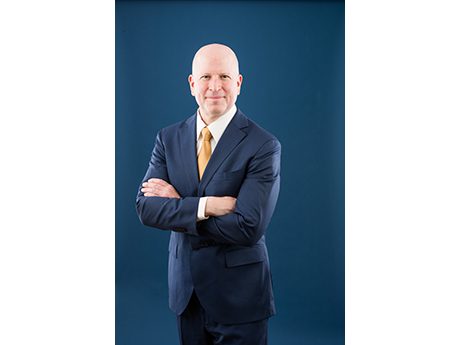By Elliot M. Shirwo, Founder and Principal
BridgeCore Capital, Inc.
While the pandemic struck a massive blow to retail real estate in 2020, as vaccinations rapidly enter arms in 2021, recovery will begin to set in providing myriad opportunities as several factors converge:
- cities fully reopen for retail business;
- traditional financing returns to pre-Covid underwriting levels;
- reimagination and re-utilization of retail space; and
- forbearances, abatements, repayments and evictions play out through court judgements, contract settlements, bankruptcies and business turnarounds.
While this cleansing process is taking place, retail is returning for private lenders to solve a much-needed problem — financing the unfinanceable.
Never does one enter into an investing environment after everyone has populated it. The opportunity presents itself when others have moved away from it. In this vein, we are at the nascent stage of an opportunistic market — a time when loans on retail properties are maturing and strategic investors are selectively buying.
Retail properties have experienced varying levels of distress, including vacancies, income adjustments, and tenant restructuring. It is the challenge and the moment for private lenders to navigate through this labyrinth of proverbial sea change in the retail sector to create a unicorn opportunity.
How does a private lender create this opportunity to benefit its coveted capital relationships, private or institutional?
First and foremost, keep the cost basis low. This ingredient requires a rigorous underwriting of value, taking into consideration conservative assumptions on rents, cap rates, submarket trends, et al. In order to protect the downsized risk of depreciation, lending on as-is value, rather than future stabilized value, would factor into keeping a low basis in the property. This may require the lender to provide funds only on the purchase price or refinancing of the existing loan, and not on any future funding of tenant improvements and leasing commissions for leases that fail to exist at the time of funding.
Second, it has become axiomatic during the pandemic and reaching toward a post-pandemic environment that tenancy prevails in importance. Tenancy relates to both the type of tenant and the lease length. As far as the type of tenant, caution carries throughout any market in any state that high street retail is fading away for the time being. Reasons range from the reimagination of retail in the digital revolution, unsustainable rental rate expectations, and the constriction of consumer discretionary income, savings and spending. By chance and circumstance, the pandemic compounded the impact of sustainable retail assets focused on essential or necessity-based business tenants, such as grocery stores, drug stores, farm supply and dollar stores, and others.
In the underwriting of any retail lending opportunity, roll-over risk in tenancy during the loan term creates the greatest concern. Minimal rollover risk during the term of a loan will serve the lender, as well as the property owner in managing leases with scrutiny and strategic forethought — an approach that includes establishing replaceable rental arrangements with anchor tenants in order to ensure a lender’s assessment of a realistic and successful repositioning strategy.
Third, there is an omnipresent trend in the private investing community of managing portfolio exposure with less than institutional sized investments. As a private investor, it is always advisable to spread risk capital and diversify. Taking this approach with private credit means lending in the range of $1 million to $5 million.
Last, but not least, is the most enduring of all considerations: the sponsor. To bet on the jockey means to increase your chance that a great horse will pass the finish line before the others do. In today’s market, the jockey and the horse go hand-in-hand, especially when so much is at stake with restructuring the tenant mix, negotiating a work-out, and reimagining retail space to incentivize tenants to stay.
Signs clearly are surfacing that the retail market will recover, but not without a challenging path ahead. Keeping this in mind, a unicorn opportunity only exists when it is created by someone who envisions the greater design and discovers a way to solve problems that others refuse to face.


